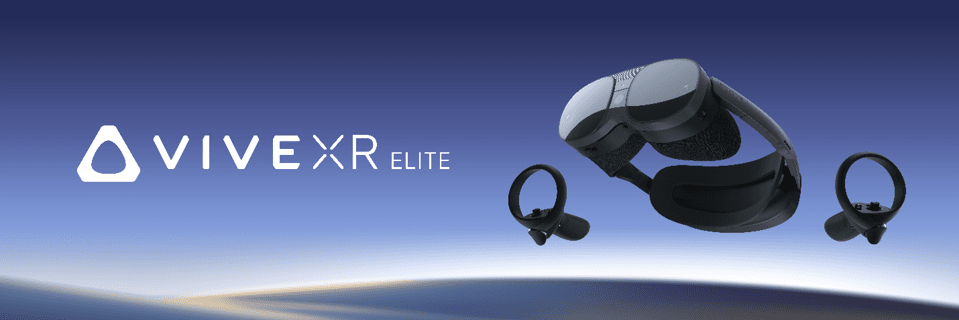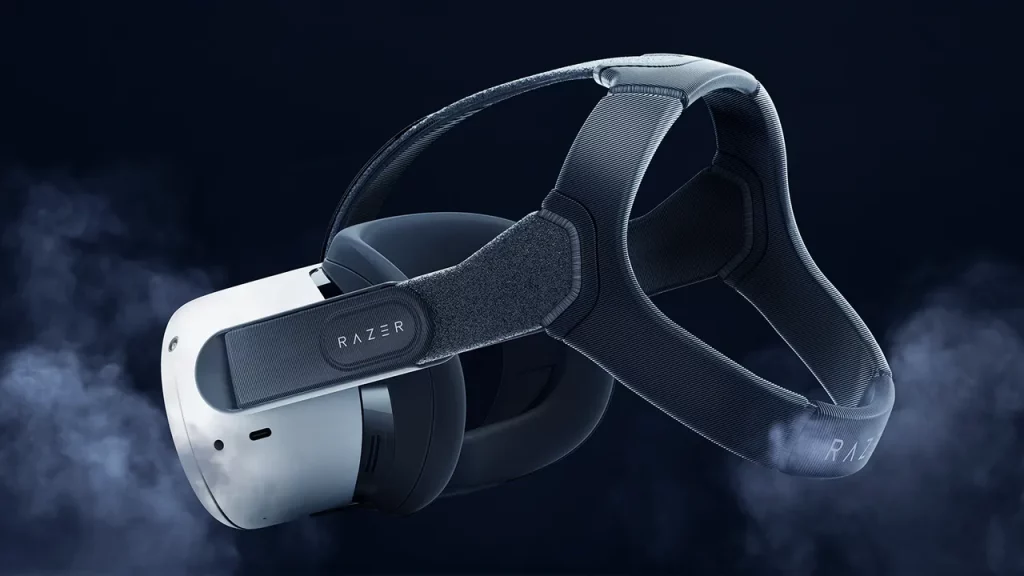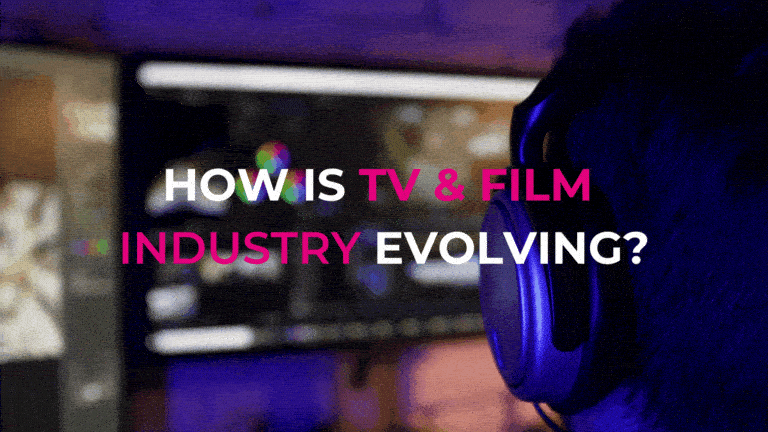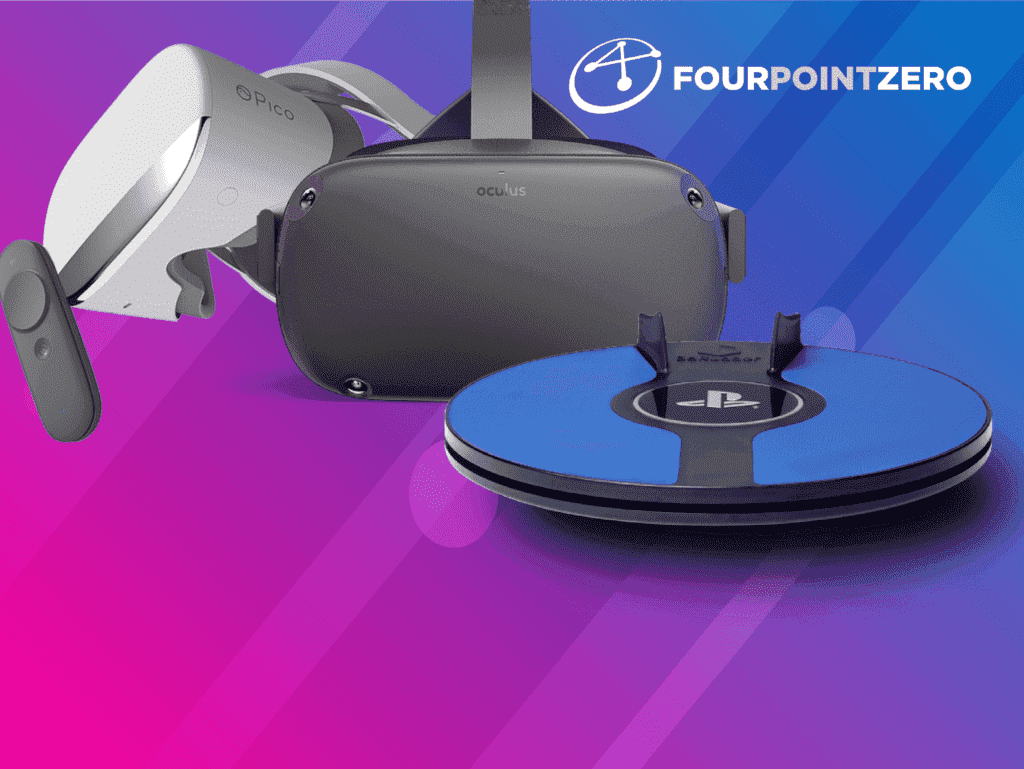The Latest AR, VR and MR Announcements from CES 2023
Over the last year, countless conferences and expos have highlighted the rising importance of extended reality (XR) technology and the metaverse.
These innovative concepts are set to change everything we know about not just day-to-day life but also the workplace. The Consumer Electronics Show (CES) 2023 is one of the key events in the industry for those keen to stay on the cutting edge of the technology space. This year’s event built on the discoveries of the last year, demonstrating just how quickly the XR space is set to evolve.
During the 2023 conference, countless vendors and specialists showcased new creations for Augmented and Virtual reality landscapes. Here’s a quick roundup of all the announcements from CES 2023, focused on the XR space.
HTC Introduces the New VIVE XR Elite
HTC, one of the biggest innovators in the extended reality space, strongly focused on the enterprise landscape, introduced the new VIVE XR Elite this January. The headset is worlds apart from the already impressive technology offered by HTC, thanks to a modular design.
Users can choose whether they want to wear the headset like a standard set of eyeglasses or as a traditional VR device. Adjustable lenses are also built-in to help people get the best possible view, regardless of whether they’re already wearing glasses. The VIVE XR Elite also brings various upgrades to the VR and AR space, such as depth sensing precision, a high-octane wireless streaming option, and vivid multi-colour passthrough technology.
Despite a wide variety of features, the VIVE XR Elite is also somewhat more accessible than other competing solutions, such as the Meta Enterprise-focused Meta Quest Pro. This solution has a price tag of only $1,100. While the lower cost does mean consumers may have to compromise slightly on features like eye and face tracking – it could also help to accelerate adoption.

TCL Make Waves in XR
While a fantastic introduction from HTC might have been expected this year, we also saw some new names to the XR landscape at CES 2023. For instance, TCL introduced their new NXTWear S Glasses, capable of creating virtual 130-inch displays from various video sources. Perhaps the most impressive aspect of the headset is how streamlined and comfortable they are. Smart glasses meet the growing demand for easy-to-use. These head-mounted displays are more lightweight and versatile than the standard headset.
TCL also introduced a set of true VR and AR devices this year. The RayNeo X2 glasses promise a fantastic AR experience with a form factor similar to standard specs. The glasses included Qualcomm Snapdragon XR2 processing power, micro LED-based waveguide optics, and real-time language translation capabilities. Alternatively, the NXTWear V headset provides phenomenal virtual reality experiences with a lightweight design and a 1512ppi screen.
AR smart glasses, designed to be more lightweight, accessible, and comfortable than the standard XR headset, generated a lot of discussion at CES 2023. This was thanks to the announcements from companies like HTC and TCL. Lumus, another market innovator, also shared its developments in this space. They announced a new optical engine capable of shrinking waveguide tech into a compact package.
The new system offers a powerful 2,048 x 2,048 resolution for detailed AR content, 4,000 nits per watt of illumination and a 50-degree field of view. This should help users unlock clearer content when interacting with augmented reality. While the technology is still in its prototype stages, it will soon be ready to integrate into leading XR solutions.

Other Major CES 2023 XR Announcements
Elsewhere, Razer introduced its first two VR accessories. These included a facial interface and head strap designed for use with the Meta Quest 2. Though Razer has a strong reputation in the gaming industry, it hasn’t invested much in the AR/VR space lately. The new innovations built for the Meta Quest 2 could help to give Razer a more competitive position in XR.
The head strap offers access to better weight distribution and comfort when exploring VR experiences. At the same time, the facial interface aims to be gentler on sensitive skin and better at blocking external light access.

Other major announcements set to shake up the XR space included:
The Holoride Retrofit kit:
Holoride is best known for producing in-car VR experiences. This is largely elastic content which can be mapped to the motion of the user’s vehicle. This year, Holoride introduced a new Retrofit solution at CES 2023, designed to bring VR experiences to any vehicle. The whole experience is powered by an 8-ounce puck-like device. This is stuck to a windshield via a suction cup. It includes a 14-hour rechargeable battery and Bluetooth connectivity.
Magic Leap healthcare innovations:
Magic Leap, a company committed to the AR and MR ecosystems, is now producing technology with IEC 66061 certifications. This means the solutions can be used in clinical settings and operating rooms. MagicLeap has already partnered with SentiAR to create a software solution for the new device. This allows clinicians to view data and images without having to take their eyes off a patient.
Somnium Space Modality:
Another emerging innovator in the XR space, Somnium Space, has been building its own VR solution for a while now. However, development has been delayed due to supply chain issues. Fortunately, a new PCVR headset was introduced at this year’s show, with an impressive 2,880 x 2,880 resolution, 120-degree FOV, and eye and hand tracking. The modular solution can also adapt to various AR/VR scenarios.
It’s fair to say XR is making some serious waves right now. If the innovations revealed at CES 2023 are anything to go by. In that case, we can likely expect numerous exciting announcements and new products to appear in the market this year. What remains to be seen is how these solutions will influence how we work and of course, the impending arrival of the metaverse!




